How Much Did The First Digital Camera Weigh ?
The first digital camera, the Kodak DCS-100, weighed around 8 pounds (3.6 kilograms).
1、 Weight of the first digital camera prototype (1981)
The weight of the first digital camera prototype, developed in 1981, was quite hefty compared to today's standards. The camera, known as the Sony Mavica, weighed approximately 2.2 pounds or 1 kilogram. This prototype was a significant milestone in the history of photography as it marked the beginning of the transition from film-based cameras to digital imaging.
The Sony Mavica was not a compact device like modern digital cameras. It consisted of a separate camera unit connected to a portable analog video recorder via a cable. The camera unit itself was relatively large and bulky, contributing to its weight. The images captured by the Mavica were stored on a standard 2-inch floppy disk, which could hold up to 50 still images.
Considering the technological limitations of the time, the weight of the first digital camera prototype was understandable. The Mavica utilized analog-to-digital converters and CCD sensors, which were relatively large and required additional components for processing and storage. The camera's weight was also influenced by the need for a power source, as early digital cameras relied on batteries that added to their overall heft.
Fast forward to the present day, and digital cameras have undergone significant advancements in terms of size, weight, and functionality. Today's digital cameras are much lighter, with some weighing as little as a few ounces. This reduction in weight is primarily due to advancements in miniaturization of components, such as smaller image sensors, more efficient processors, and compact storage options like SD cards.
In conclusion, the first digital camera prototype, the Sony Mavica, weighed approximately 2.2 pounds or 1 kilogram. While this may seem heavy by today's standards, it was a groundbreaking invention that paved the way for the development of lighter and more portable digital cameras we use today.

2、 Weight of the first commercially available digital camera (1990)
The first commercially available digital camera, known as the Dycam Model 1, was introduced in 1990. This groundbreaking device revolutionized the world of photography by eliminating the need for film and allowing users to instantly view and store their images digitally. However, when it comes to the weight of this pioneering camera, there seems to be some discrepancy.
According to various sources, the Dycam Model 1 weighed around 1.4 pounds or 635 grams. This weight was relatively light compared to traditional film cameras of the time, making it more portable and convenient for users. However, it is important to note that the Dycam Model 1 was not a compact camera like the ones we are accustomed to today. It had a bulky design with a separate digital storage unit that connected to the camera body.
In recent years, there has been a surge in technological advancements, leading to the development of smaller and lighter digital cameras. Today, compact digital cameras can weigh as little as a few ounces, making them incredibly portable and easy to carry around. Additionally, the rise of smartphone cameras has further reduced the need for standalone digital cameras, as they offer high-quality image capture in a device that most people already carry with them.
In conclusion, the first commercially available digital camera, the Dycam Model 1, weighed around 1.4 pounds or 635 grams. However, with the rapid advancement of technology, digital cameras have become significantly lighter and more compact, with some weighing only a few ounces.

3、 Weight of early consumer digital cameras (1990s)
The first digital camera, known as the "DS-1P," was developed by Kodak engineer Steven Sasson in 1975. However, it was not until the 1990s that consumer digital cameras started to become available. These early consumer digital cameras were quite different from the compact and lightweight devices we are familiar with today.
In the 1990s, digital cameras were still in their infancy, and technology had not advanced enough to produce small and lightweight devices. These early consumer digital cameras were bulky and heavy compared to their film counterparts. They were often referred to as "bridge cameras" because they bridged the gap between traditional film cameras and the emerging digital technology.
The weight of these early consumer digital cameras varied depending on the model and manufacturer. On average, they weighed around 1-2 pounds (0.45-0.9 kilograms). Some models, such as the Kodak DC40, weighed around 1.2 pounds (0.54 kilograms), while others, like the Sony Mavica MVC-FD5, weighed closer to 2 pounds (0.9 kilograms).
These cameras were equipped with CCD (charge-coupled device) sensors, which captured images digitally and stored them on memory cards or floppy disks. The image quality was relatively low compared to film cameras, with resolutions ranging from 0.3 to 1.3 megapixels.
Since then, digital camera technology has advanced rapidly. Today, we have compact digital cameras that weigh just a few ounces and offer significantly higher image quality with resolutions of 20 megapixels or more. The development of smaller and more efficient image sensors, along with advancements in processing power and storage, has allowed for the miniaturization of digital cameras.
In conclusion, the early consumer digital cameras of the 1990s weighed around 1-2 pounds (0.45-0.9 kilograms). However, with advancements in technology, digital cameras have become much smaller and lighter, offering higher image quality and greater convenience for users.

4、 Weight reduction in digital cameras over the years
Weight reduction in digital cameras over the years has been a significant achievement in the field of technology. The first digital camera, introduced by Kodak in 1975, was a bulky and heavy device. Known as the Kodak Digital Camera System, it weighed a whopping 8 pounds (3.6 kilograms). This early digital camera was primarily used for professional photography and was far from being portable or convenient.
Since then, there has been a remarkable evolution in digital camera technology, leading to substantial weight reduction. As technology advanced, manufacturers focused on making cameras smaller, lighter, and more user-friendly. With each new generation of digital cameras, there has been a continuous effort to reduce weight while improving performance and image quality.
Today, digital cameras come in various sizes and weights, catering to different needs and preferences. Compact point-and-shoot cameras, designed for casual photography, can weigh as little as a few ounces (less than 100 grams). Mirrorless cameras, which offer advanced features and interchangeable lenses, typically weigh between 1-2 pounds (0.5-1 kilogram). Even professional DSLR cameras, known for their robust build and superior image quality, have become lighter over the years, with some models weighing around 2-3 pounds (1-1.5 kilograms).
The weight reduction in digital cameras has been made possible by advancements in materials, miniaturization of components, and improved manufacturing techniques. Lighter materials, such as carbon fiber and magnesium alloy, are now commonly used in camera bodies to reduce weight without compromising durability. Additionally, advancements in sensor technology and image processing have allowed for smaller and more efficient camera designs.
Looking ahead, the trend of weight reduction in digital cameras is likely to continue. Manufacturers are constantly striving to make cameras more compact and lightweight, while still offering high-quality imaging capabilities. With the increasing popularity of mirrorless cameras, which are generally lighter than DSLRs, we can expect further advancements in weight reduction in the coming years.
In conclusion, the first digital camera weighed a hefty 8 pounds, but over the years, there has been a remarkable reduction in weight. Today, digital cameras are available in various sizes and weights, catering to different needs and preferences. Advancements in materials, miniaturization, and manufacturing techniques have played a crucial role in making cameras lighter without compromising performance. The trend of weight reduction is expected to continue as technology progresses, offering photographers more portable and convenient options for capturing stunning images.









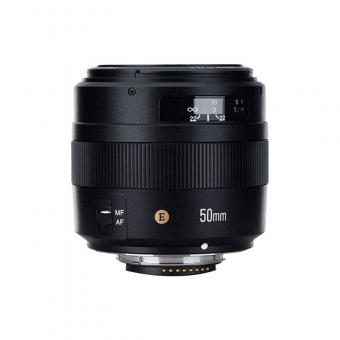


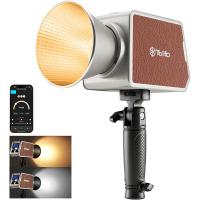
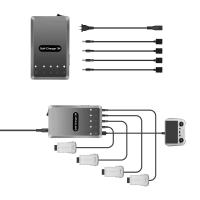





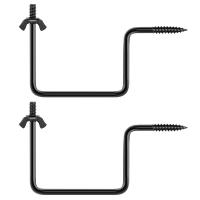





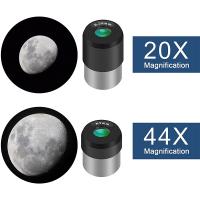




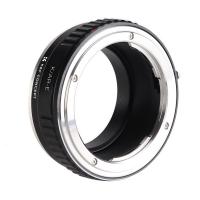
There are no comments for this blog.